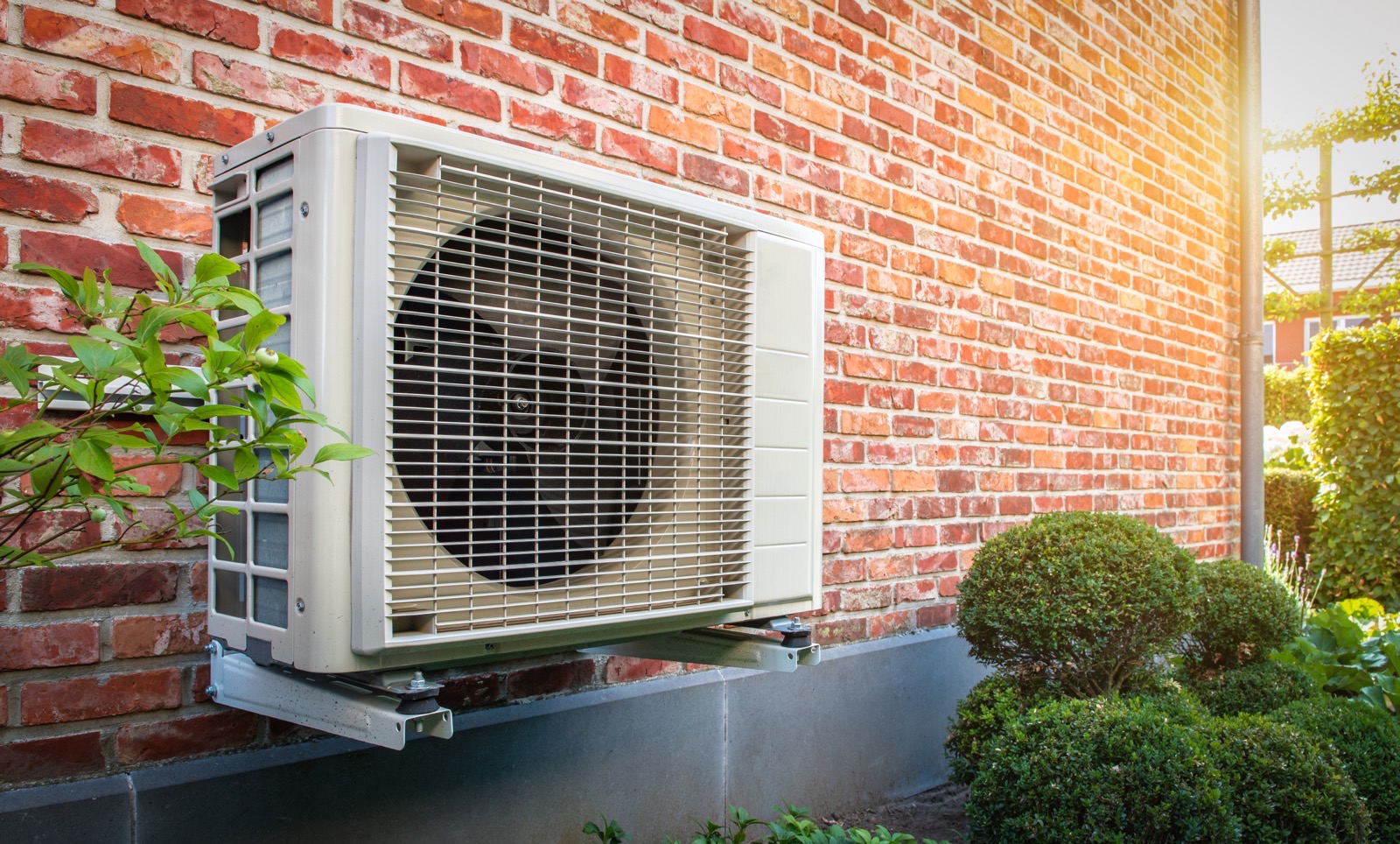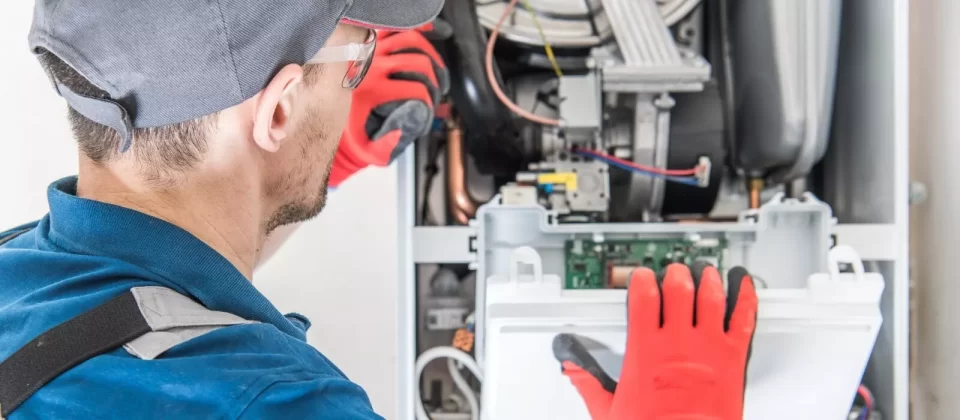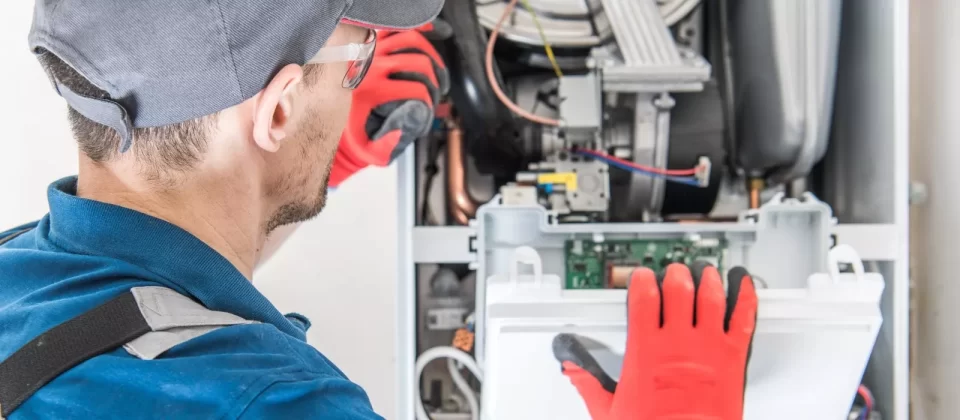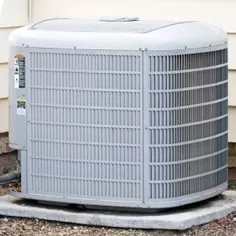In today’s energy-conscious world, more homeowners are swapping out outdated heating and cooling systems in favor of newer, greener technologies. At the top of that list? Heat pumps.
Thanks to generous incentives, year-round comfort, and rising awareness of environmental benefits, heat pump installations have skyrocketed over the past few years. What was once a niche solution for moderate climates has now become a mainstream choice for homeowners looking to reduce utility bills and carbon footprints.
But as heat pump installations climb, another trend has emerged quietly in their shadow: an uptick in HVAC system replacement requests, sometimes within just a few years of the heat pump upgrade. Is this a coincidence? Not quite.
Let’s dive into the surprising, often-overlooked link between heat pump adoption and the increased demand for HVAC replacements. It’s not about faulty installations or bad products; it’s about system compatibility, performance dynamics, and what heat pumps reveal about your overall HVAC health.
Why are More Homeowners Replacing HVAC Systems After Installing Heat Pumps?
At first glance, it might seem backwards. After all, a heat pump is supposed to extend the life of your HVAC system by offering more efficient performance, right?
In many ways, it does. But here’s the catch: installing a heat pump often highlights the inefficiencies or weaknesses in the rest of your HVAC system. Suddenly, a homeowner with a shiny new heat pump starts noticing that the air handler isn’t circulating well, or the ductwork sounds louder than it used to, or the thermostat struggles to regulate zones.
In some cases, the issue isn’t that the heat pump causes problems—it’s that it exposes them.
Key reasons why heat pump installation triggers HVAC replacements:
- System Mismatch: Homeowners often upgrade to a modern, variable-speed heat pump without realizing their existing air handler or furnace is outdated, creating a mismatch that impacts efficiency and comfort.
- Uneven Performance: A high-efficiency heat pump makes other components feel sluggish. If your ducts are leaky or your blower motor is undersized, you’ll notice the disconnect.
- Comfort Expectations Rise: Heat pumps tend to improve comfort, and once homeowners get used to that consistency, they become less tolerant of flaws elsewhere in the system—like inconsistent airflow or hot spots.
- Noise and Vibration: Older systems may become noisier when paired with new high-performance equipment, especially if vibration isolation or duct balancing wasn’t addressed during installation.
- Aesthetic and Practical Upgrades: Once you install a modern-looking outdoor unit, the old furnace, rusty air handler, or aging thermostat inside starts to feel like the next logical thing to update.
What begins as a single energy-efficient upgrade often becomes a domino effect—and HVAC contractors know that managing these expectations is key to long-term client satisfaction.
How Does Heat Pump Installation Influence Overall HVAC System Lifespan?
Think of your HVAC system like a team. If one player suddenly becomes stronger, faster, and smarter (hello, heat pump), it puts pressure on the rest of the team to keep up. In many cases, installing a new heat pump shifts how the entire system operates, from airflow to refrigerant cycles to how often components kick on.
This new balance can inadvertently shorten the lifespan of parts that weren’t designed to handle modern demands.
Here’s how:
- Frequent Cycling: If the thermostat and air handler weren’t optimized for a heat pump’s variable-speed operation, the system may short-cycle, which puts strain on motors and control boards.
- Inconsistent Load Handling: Older ducts or improperly sized coils may struggle with the precise load modulation a heat pump provides—leading to inefficiencies or premature wear.
- Moisture Management: Heat pumps handle dehumidification differently than older AC systems. If the air handler or coil wasn’t upgraded, you might see excess humidity or even mold risks over time.
- Compressor Stress: In some retrofit installations, the existing refrigerant lines or system controls don’t integrate well with newer inverter-based compressors, leading to performance inconsistencies or increased wear.
- Airflow Challenges: High-performance heat pumps are designed to work within tight airflow parameters. If your system has undersized return ducts or restricted airflow, the system works harder—shortening its lifespan.
Thus, installing a heat pump is like installing a sports car engine into an old sedan. Sure, it’ll run—but if the tires, suspension, and brakes aren’t up to speed, you’re not going to get optimal performance—and something will give out sooner than expected.
Can Installing a Heat Pump Cause Existing HVAC Components to Fail Sooner?
It’s not that heat pumps directly cause failures. But, they do alter system dynamics in ways that accelerate wear on unprepared or outdated components. When you pair advanced, high-efficiency equipment with legacy hardware, you’re often introducing incompatibilities that stress the system.
Think of it like plugging a new smart device into a decades-old electrical circuit. The device works fine, but the old wiring may not be able to handle the load for long.
Components most likely to be affected:
- Air Handlers: These units need to match the airflow and modulation capabilities of the heat pump. If not, expect uneven cooling and added stress.
- Thermostats: Basic or outdated thermostats can’t communicate effectively with a heat pump, leading to control issues or inefficient cycling.
- Ductwork: Old, leaky, or improperly sized duct systems reduce the performance of the entire system and force the heat pump to work harder than necessary.
- Indoor Coils: If the evaporator coil isn’t replaced or matched to the outdoor unit, it may be too small or too large, resulting in reduced efficiency or refrigerant flow issues.
- Furnaces (in dual-fuel systems): Heat pumps and gas furnaces can coexist, but if the furnace is outdated, switching logic or blower speed issues can arise, especially in colder climates.
Installing a heat pump doesn’t “break” your HVAC system, but it does shine a spotlight on every outdated, mismatched, or underperforming component.
What Factors Contribute to HVAC Replacements Following a Heat Pump Upgrade?
The rise in replacement requests isn’t random. It’s driven by a combination of technical, emotional, and financial factors that surface after a homeowner makes the leap into heat pump territory.
1. Awareness of Performance Gaps
Homeowners start paying more attention after upgrading to a heat pump. They notice air leaks, room temperature inconsistencies, or weak airflow—things that were tolerated before but now feel out of place.
2. Comfort Sensitivity
Modern heat pumps are incredibly quiet and precise. Once you get used to that, the noise of an old blower motor or the temperature swing of a manual thermostat feels jarring.
3. Visual Inconsistencies
A sleek new outdoor heat pump unit next to an old, rust-stained furnace indoors creates a desire for aesthetic consistency. It’s not purely functional—it’s psychological.
4. Incentive Overlap
Homeowners who install heat pumps often become aware of rebates, financing options, and tax credits and use that momentum to upgrade remaining HVAC components while incentives are still available.
5. Contractor Recommendations
Savvy contractors frame heat pump installations as part of a phased upgrade strategy. They prep the client early for potential future updates, which leads to proactive replacements rather than surprise failures.
6. Future-Proofing
With rising energy costs and increasing awareness of electrification, many homeowners see HVAC replacement as a long-term investment. They want systems that align with clean energy trends and will hold their value.
So while a heat pump might start as a standalone upgrade, it often triggers a broader reassessment of the HVAC system and that’s not a bad thing. It means homeowners are engaging more thoughtfully with their comfort and efficiency goals.
Heat Pumps Don’t Break HVAC Systems, They Reveal Them
Installing a heat pump doesn’t doom your HVAC system. If anything, it reveals the truth about how well or how poorly your existing setup is performing. It exposes outdated components, highlights inefficiencies, and invites a more modern, efficient approach to whole-home comfort.
Yes, many homeowners who install heat pumps end up replacing other HVAC components sooner than expected. But that’s not a failure, it’s a step forward.
Because comfort isn’t just about what’s new; it’s about how well everything works together. And in today’s HVAC world, synergy matters more than ever.
Thinking About a Heat Pump? Plan Your System Like a Pro
At Elite Air & Heat, we help homeowners make heat pump upgrades that work with honest assessments, system compatibility checks, and phased upgrade options designed for long-term comfort and efficiency.
Contact us today for a whole-system evaluation and make your next HVAC move the smart one.





